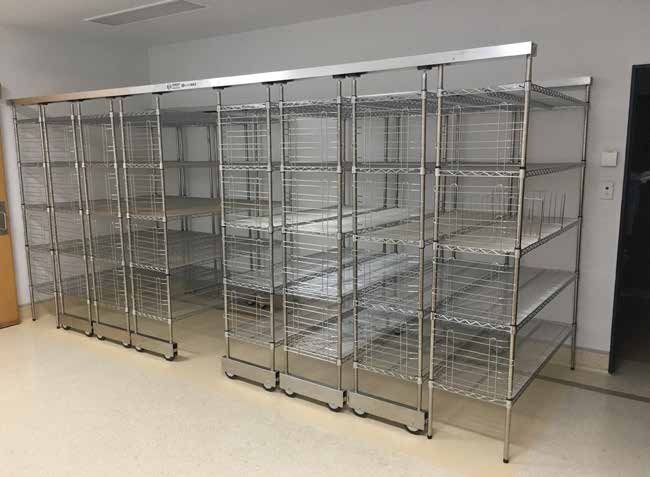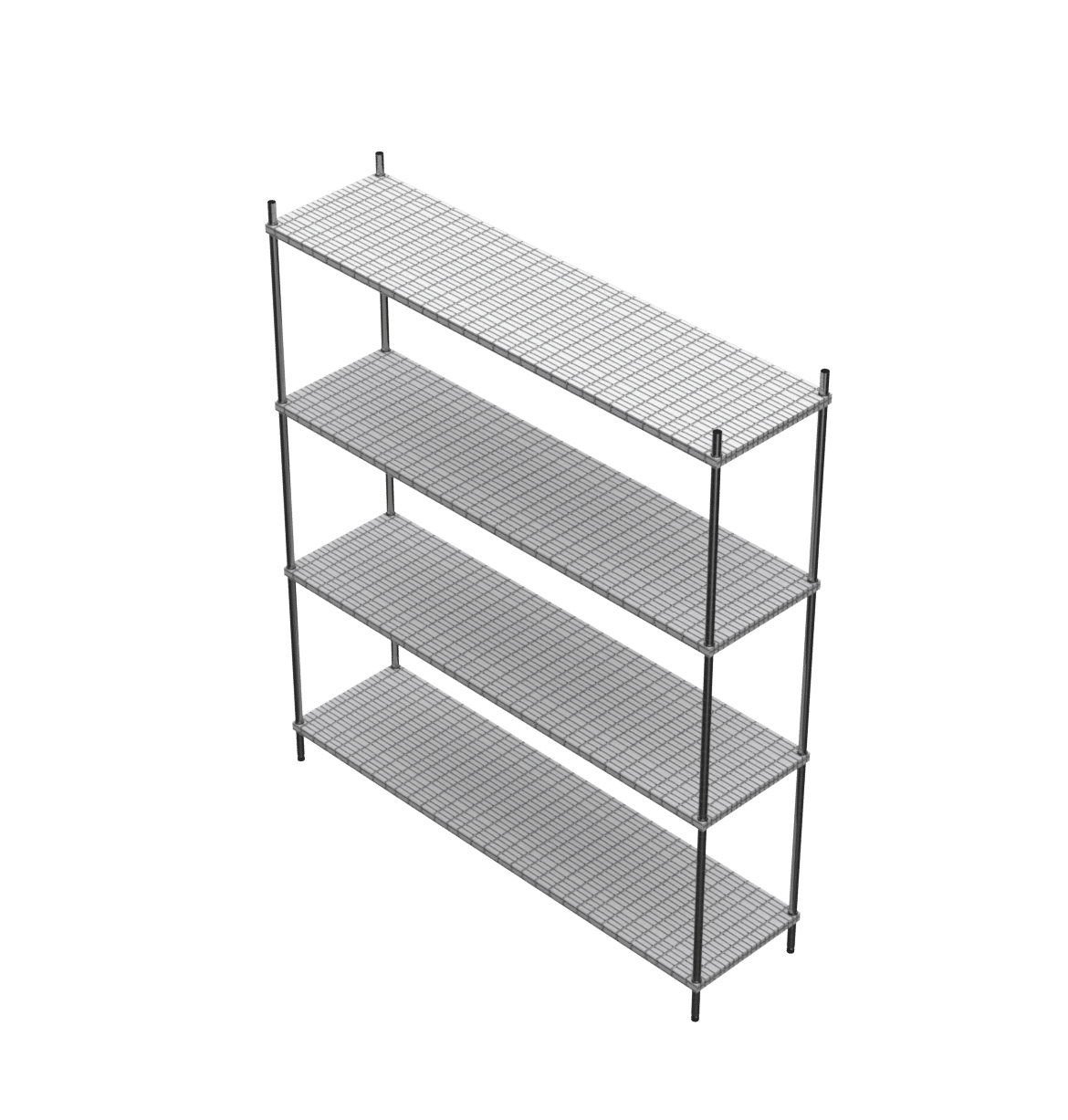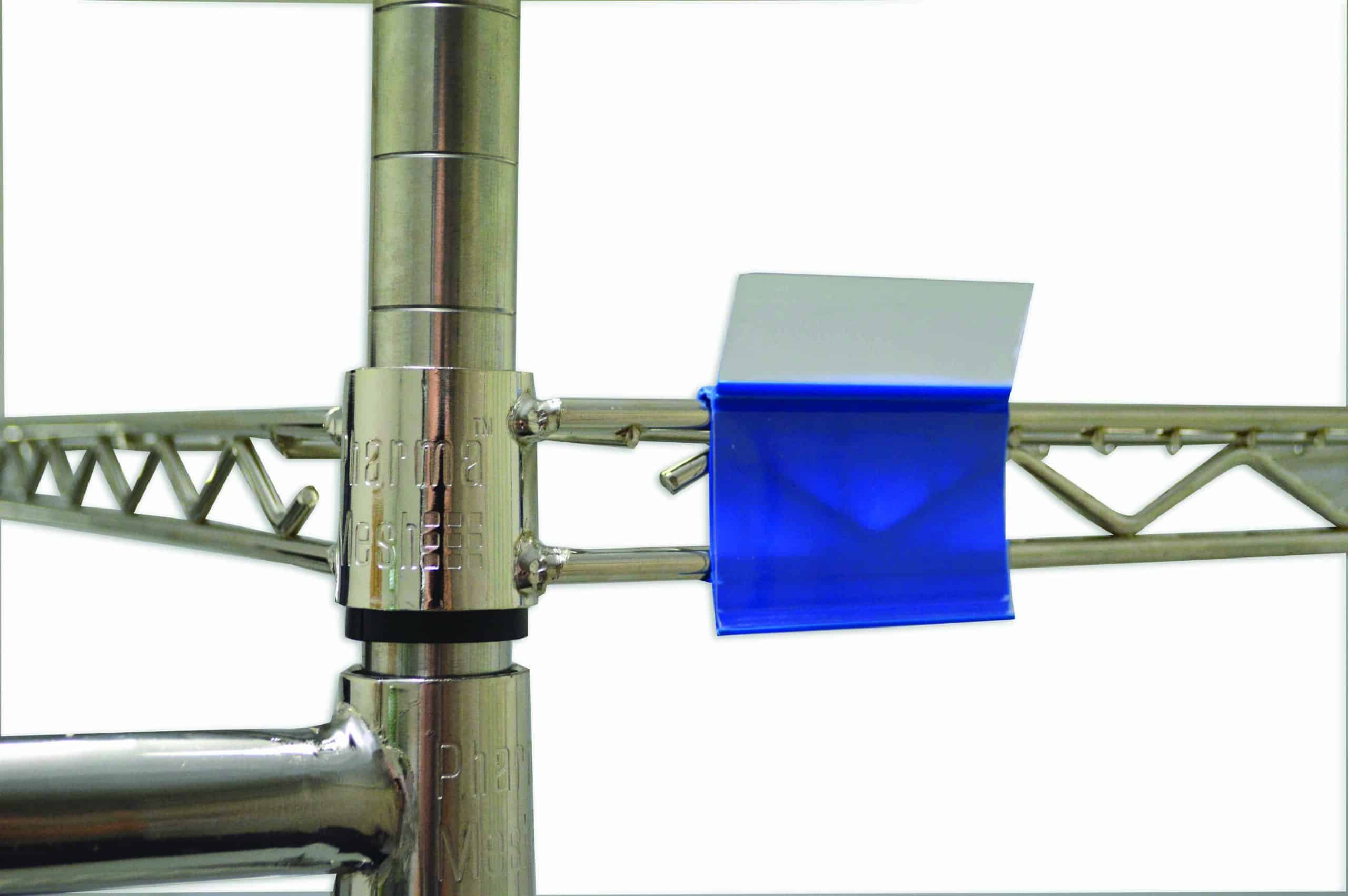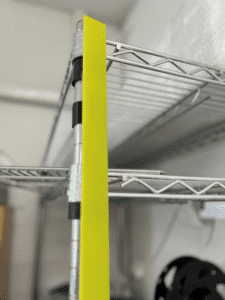Efficient space utilisation in healthcare settings is crucial for enhancing patient care, streamlining operations, and ensuring the safety and comfort of both staff and patients. As healthcare facilities face increasing demands, implementing effective space optimisation strategies can lead to improved functionality and resource management. This blog will explore various strategies and recommend practical shelving solutions to maximise space in healthcare environments.
Before implementing any optimisation strategies, it is essential to conduct a comprehensive space audit. This involves:
Utilising vertical space is a key strategy for optimising storage in healthcare settings. Vertical storage solutions not only save floor space but also make it easier to organise and access supplies. Consider the following shelving options:



Emery Pharmacy Shelving (EPS): These shelving units are designed specifically for pharmacy environments, offering adjustable shelves and customisable configurations to store medications efficiently. Explore Emery Pharmacy Shelving
Wiremax Shelving: Ideal for sterile environments, Wiremax shelving is durable and easy to clean. Its open design improves visibility and air circulation, making it perfect for storing medical supplies and equipment. Explore Wiremax Shelving
Medimesh Shelving: Medimesh shelving offers flexibility and robustness, suitable for various healthcare settings. Its mesh design ensures that items are securely stored while remaining visible and accessible. Explore Medimesh Shelving
Medimesh Shelving: Medimesh shelving offers flexibility and robustness, suitable for various healthcare settings. Its mesh design ensures that items are securely stored while remaining visible and accessible. Explore Medimesh Shelving
Modular furniture systems allow for customisable and adaptable layouts that can be reconfigured as needs change. This flexibility is particularly beneficial in healthcare environments where patient needs and workflows can vary significantly.
– Adaptability: Easily reconfigure spaces to accommodate new equipment or changing workflows.
– Scalability: Expand or contract storage solutions as needed without major renovations.
– Cost-Effective: Reduces the need for permanent fixtures and extensive modifications.
Creating multi-functional spaces can significantly enhance space efficiency. For example:
– Patient Rooms: Design patient rooms to serve multiple purposes, such as including foldable desks for documentation or convertible furniture for visitors.
– Common Areas: Use common areas for various activities like waiting, consultations, and minor procedures by incorporating movable partitions and versatile furniture.
Efficient supply chain management ensures that inventory is optimised, reducing the need for excessive storage space. Implementing a just-in-time inventory system can help maintain adequate stock levels without overstocking.
– Automated Inventory Systems: Use technology to monitor stock levels and automate reordering processes.
– Regular Inventory Audits: Conduct regular audits to identify slow-moving items and adjust inventory accordingly.
Organising supplies and equipment to be easily accessible can greatly improve workflow efficiency. Labelling shelves, using colour-coded bins, and implementing standardised storage protocols can help staff quickly find and retrieve items.


Label Holders: Use clear or coloured label holders to clearly mark shelves and bins, ensuring quick identification of contents. Explore Label Holders
Lean Colour Strips: Employ lean colour strips for easy visual identification and organisation of items on shelves. These strips can be clipped to shelving units to improve categorisation and retrieval efficiency. Explore Lean Colour Strips
Optimising space in healthcare settings requires a strategic approach that involves assessing current usage, implementing efficient storage solutions, and ensuring flexibility for future needs. By adopting vertical storage solutions, modular furniture, and multi-functional spaces, healthcare facilities can enhance their operational efficiency and provide better patient care.